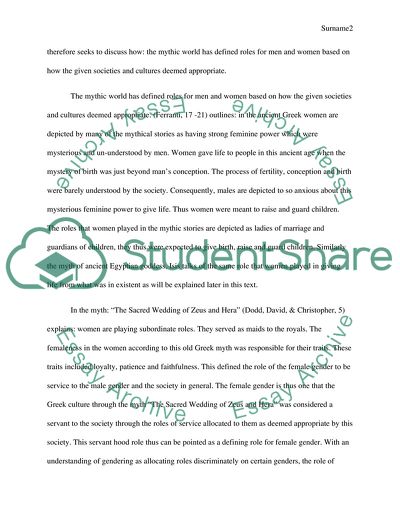Cite this document
(“Gendering the Mythic World Term Paper Example | Topics and Well Written Essays - 2750 words”, n.d.)
Gendering the Mythic World Term Paper Example | Topics and Well Written Essays - 2750 words. Retrieved from https://studentshare.org/religion-and-theology/1684799-gendering-the-mythic-world
Gendering the Mythic World Term Paper Example | Topics and Well Written Essays - 2750 words. Retrieved from https://studentshare.org/religion-and-theology/1684799-gendering-the-mythic-world
(Gendering the Mythic World Term Paper Example | Topics and Well Written Essays - 2750 Words)
Gendering the Mythic World Term Paper Example | Topics and Well Written Essays - 2750 Words. https://studentshare.org/religion-and-theology/1684799-gendering-the-mythic-world.
Gendering the Mythic World Term Paper Example | Topics and Well Written Essays - 2750 Words. https://studentshare.org/religion-and-theology/1684799-gendering-the-mythic-world.
“Gendering the Mythic World Term Paper Example | Topics and Well Written Essays - 2750 Words”, n.d. https://studentshare.org/religion-and-theology/1684799-gendering-the-mythic-world.


